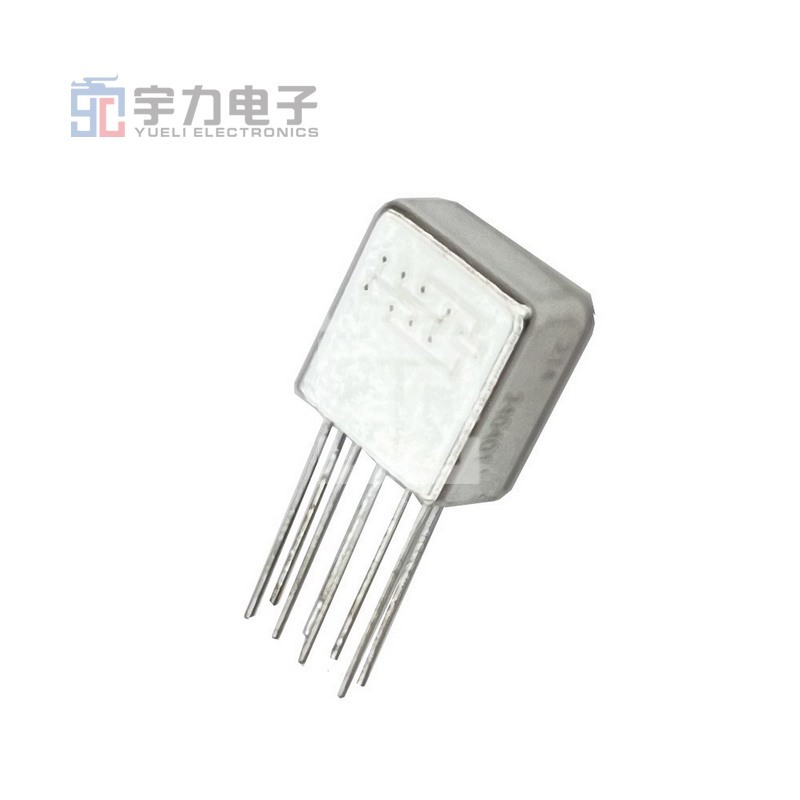Understanding Radio Frequency Relays: Essential Components for Modern Electronics
2025-07-31

Radio frequency relays are indispensable components in the realm of electronic devices, especially when it comes to controlling electrical circuits through radio signals. These relays utilize electromagnetic fields to switch circuits on or off, offering a seamless interface between the physical and electronic worlds. As technology advances, the demand for more efficient and reliable methods of communication and control has grown. Radio frequency relays have emerged as a solution to meet these demands.
One of the primary functions of a radio frequency relay is to transmit signals over short distances without the need for physical connections. This capability is particularly useful in applications such as remote control systems, automotive electronics, and wireless communication devices. The ability to control devices from a distance enhances convenience and operational efficiency, making radio frequency relays a popular choice in various sectors, including telecommunications and industrial automation.
Moreover, radio frequency relays are designed to operate at specific frequency ranges, which allows them to effectively manage interference and improve signal integrity. This characteristic is crucial, as maintaining a clear signal is essential for ensuring reliable communication in any electronic application. Additionally, these relays are engineered to handle a variety of power levels, making them versatile components suitable for different electronic systems.
When integrating radio frequency relays into a project, it is important to consider factors such as switching speed, power handling, and frequency response. These parameters significantly influence the performance and reliability of the system. Selecting the right relay can optimize functionality and enhance the overall effectiveness of the electronic device.
Furthermore, radio frequency relays contribute to the miniaturization of electronic components. Their compact design allows for more streamlined circuit layouts, which is particularly advantageous in modern electronics where space is often limited. By incorporating these relays, manufacturers can develop smaller, more efficient devices that do not compromise on performance.
In summary, radio frequency relays play a crucial role in the electronics industry by facilitating remote control and communication without the need for direct wiring. Their ability to operate effectively at designated frequency ranges and handle various power levels makes them a key component in numerous applications. As technology continues to evolve, the importance of radio frequency relays will undoubtedly grow, solidifying their place as essential elements in the design and functionality of electronic systems. Understanding their features and advantages can empower engineers and designers to make informed decisions that enhance their projects.
One of the primary functions of a radio frequency relay is to transmit signals over short distances without the need for physical connections. This capability is particularly useful in applications such as remote control systems, automotive electronics, and wireless communication devices. The ability to control devices from a distance enhances convenience and operational efficiency, making radio frequency relays a popular choice in various sectors, including telecommunications and industrial automation.
Moreover, radio frequency relays are designed to operate at specific frequency ranges, which allows them to effectively manage interference and improve signal integrity. This characteristic is crucial, as maintaining a clear signal is essential for ensuring reliable communication in any electronic application. Additionally, these relays are engineered to handle a variety of power levels, making them versatile components suitable for different electronic systems.
When integrating radio frequency relays into a project, it is important to consider factors such as switching speed, power handling, and frequency response. These parameters significantly influence the performance and reliability of the system. Selecting the right relay can optimize functionality and enhance the overall effectiveness of the electronic device.
Furthermore, radio frequency relays contribute to the miniaturization of electronic components. Their compact design allows for more streamlined circuit layouts, which is particularly advantageous in modern electronics where space is often limited. By incorporating these relays, manufacturers can develop smaller, more efficient devices that do not compromise on performance.
In summary, radio frequency relays play a crucial role in the electronics industry by facilitating remote control and communication without the need for direct wiring. Their ability to operate effectively at designated frequency ranges and handle various power levels makes them a key component in numerous applications. As technology continues to evolve, the importance of radio frequency relays will undoubtedly grow, solidifying their place as essential elements in the design and functionality of electronic systems. Understanding their features and advantages can empower engineers and designers to make informed decisions that enhance their projects.


